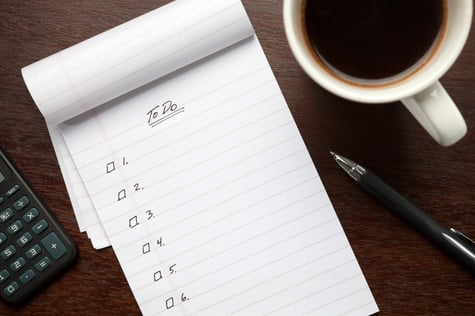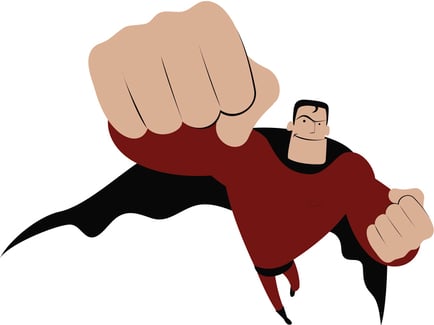 Welcome back, all you NIFty readers! In the first installment of this productivity series, we tackled the idea of being in motion (being busy without being productive) versus taking action (the direct line to achieving a result). Now that you have a better grasp on what taking action entails, we can dive into the concept of how to set yourself up for success for that action the following day.
Welcome back, all you NIFty readers! In the first installment of this productivity series, we tackled the idea of being in motion (being busy without being productive) versus taking action (the direct line to achieving a result). Now that you have a better grasp on what taking action entails, we can dive into the concept of how to set yourself up for success for that action the following day.
Story time! In the early 1900s, a guy by the name of Charles M. Schwab was one of the wealthiest people on earth. Working in the steel industry, he was anecdotally known as a “master hustler” and would never miss an opportunity to get a leg up on the competition. So one day he enlisted the help of Mr. Ivy Lee, a prominent productivity consultant of the time. Schwab wanted to pick his brain to see whether there was any way he and his company could boost productivity and daily output. Ivy Lee responded with a 15-minute solution, and he personally shared it with all executives within the company. And it goes something like this.
The Ivy Lee Method
- At the end of each day, write down the six most important things you need to accomplish tomorrow.
- Prioritize the six in order of importance.
- When you arrive at work, focus on the first task. Work until it is complete.
- Tackle the rest of the list in the same fashion.
- Rinse and repeat each workday.
The beauty of this technique lies in its simplicity. You can easily adapt it to not only any work day, but also any to-do list you have laying around.
Other Benefits of This Productivity Method
Here are a few other benefits of Ivy Lee:
- Reduces daily decision fatigue due to prioritizing the night before (see this post about decision fatigue).
- Trades multitasking for single-tasking. This allows your brain to dive into a “deep work” state, leading to greater focus and productivity overall.
- Builds constraints on our day to our benefit by fostering commitment to one thing. If we commit to nothing, or rely on “going with the flow,” the brain tends to wander and become distracted more easily.
- Eliminates the “I have so much to do, I don’t even know where to start” phenomenon.
- Allows you a chance to self-evaluate. Did I work through these in order? Or did I get derailed?
The Ivy Lee Method has been around for more than 100 years, has helped professionals in a wide array of fields boost productivity, and can be applied to your daily life today. So give it a try tonight! Determine those five or six must-do’s, place them in order of importance, and attack the next day methodically!
Be on the lookout for the next post in my productivity series, where I talk about specific time-chunking methods to bolster your focus.
This blog was written by Lauren Zakrajsek, NIFS Health Fitness Instructor, Personal Trainer, and Internship Coordinator. To learn more about the NIFS bloggers, click here.


 I was recently chatting with my brother Tim about work stuff in a conversation filled with multiple shop-talk topics. You see, he is an assistant chief of a pretty large fire department, and we share common goals and challenges when it comes to managing a crew. Needless to say, our conversations can get quite lively and the ideas are always abundant.
I was recently chatting with my brother Tim about work stuff in a conversation filled with multiple shop-talk topics. You see, he is an assistant chief of a pretty large fire department, and we share common goals and challenges when it comes to managing a crew. Needless to say, our conversations can get quite lively and the ideas are always abundant.